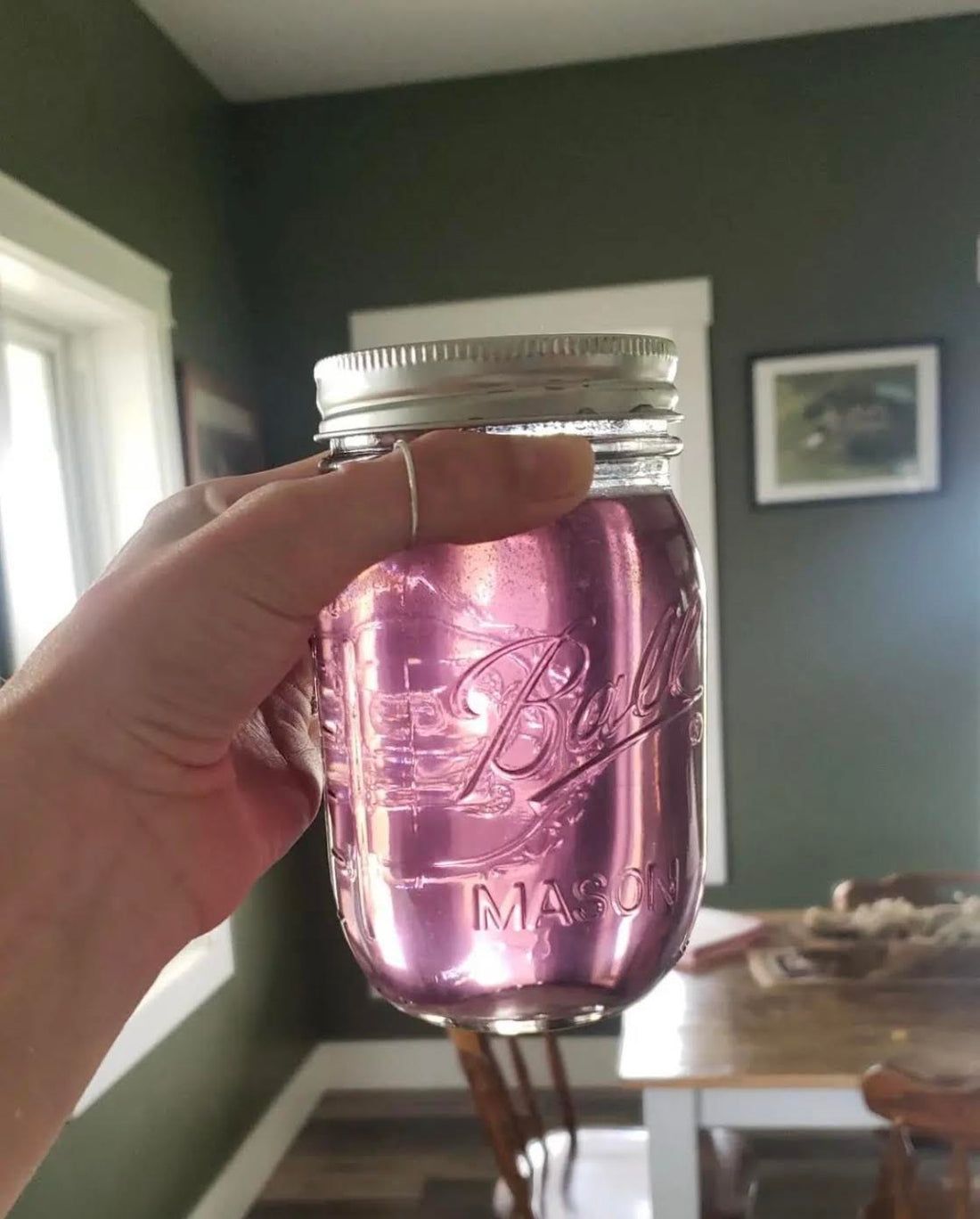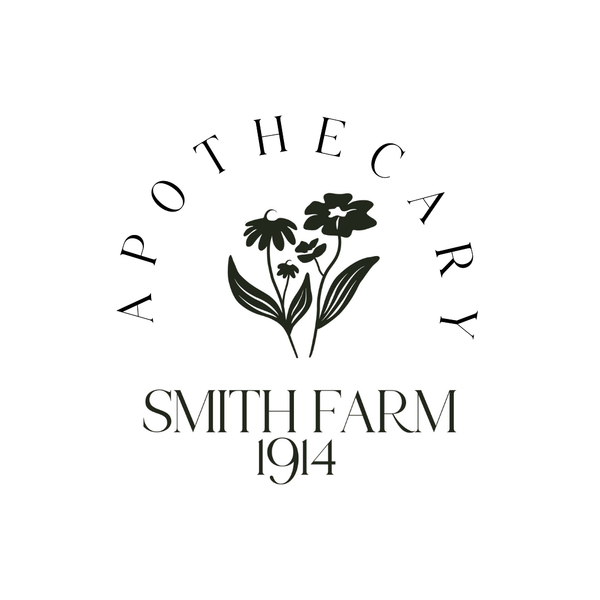
Violet Syrup
Share
This past week violets were full bloom, and I feel like there is not better time to share a spring time favorite in our home: violet syrup!
Now if you follow me on Instagram this is saved to a reel and a highlight but I feel it deserves a spot on the website as well.
Before we dive in to the recipe, let's talk violets.

Description of the Plant: Violet is a perennial plant with leaves and flowers from the stem that can for a basal rosette. They range about 4 inches high and roughly 5 inches across. The flowers are typically higher than the leaves. The flowers have 5 rounded petals, two upper and two lateral petal that have white looking hairs and lower petal that allow insets to land on. Blooming occurs mid to late spring and lasts about 1.5 months. A typical mature plant may be 6″ across and 4″ high, with the flowers slightly higher than the leaves. The leaves curl in slightly forming a quaint heart type shape.
Habitat:
In the midwest alone there are over 70 species. The most common blue violet is the one we will be talking about today and are the only ones I recommend to eat. They are found near the skirts of woods. can be found in lawns, sidewalk cracks, meadows, and ditches. It likes moist soil with a slight bit of shade.
Parts of the Plant Used: Leaves and flowers.
Uses: Has been used for centuries for Bronchitis, cough, congestion, chronic cough, asthma, costipation. Has a great affiliation for swollen lyphnodes. Makes great poultices for painful swellings and cracked breastfeeding nipples. You can make a compress with violet tea and place it on your forehead to relieve headaches. You can use it as litmus paper to show whether is acidic (the juice will turn red) or alkaline based (the juice will turn green). Makes a great light laxative. Helps jaundice, and liver stagnation. Helps sinus problems that ultimately reside around the ears.
Cautions: Sometimes can be considered a laxative. Thats why blue violets are typically the go to when looking into consuming them. Never eat African violets those are not edible.

This goes well on ice cream and in drinks and so many other things!

